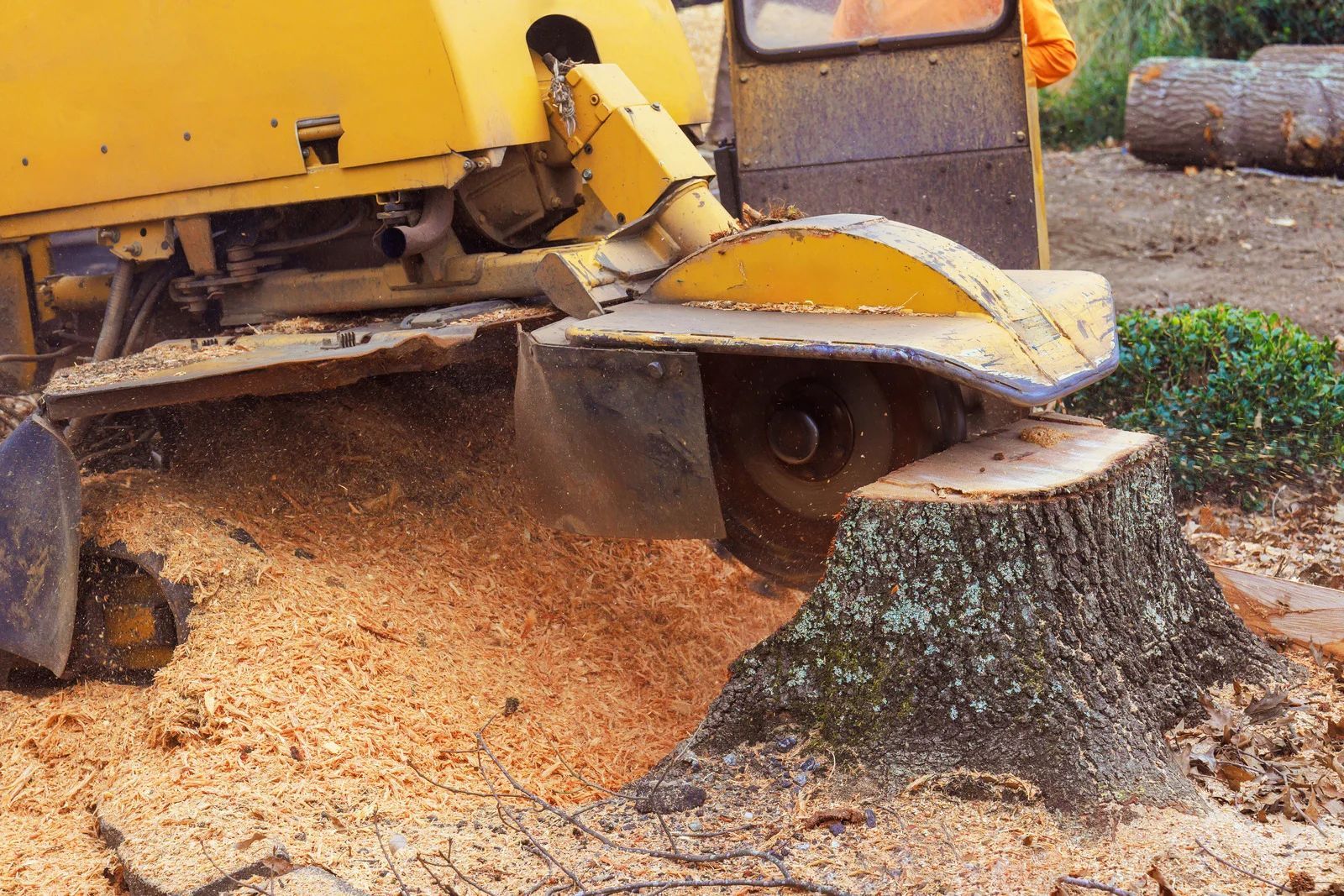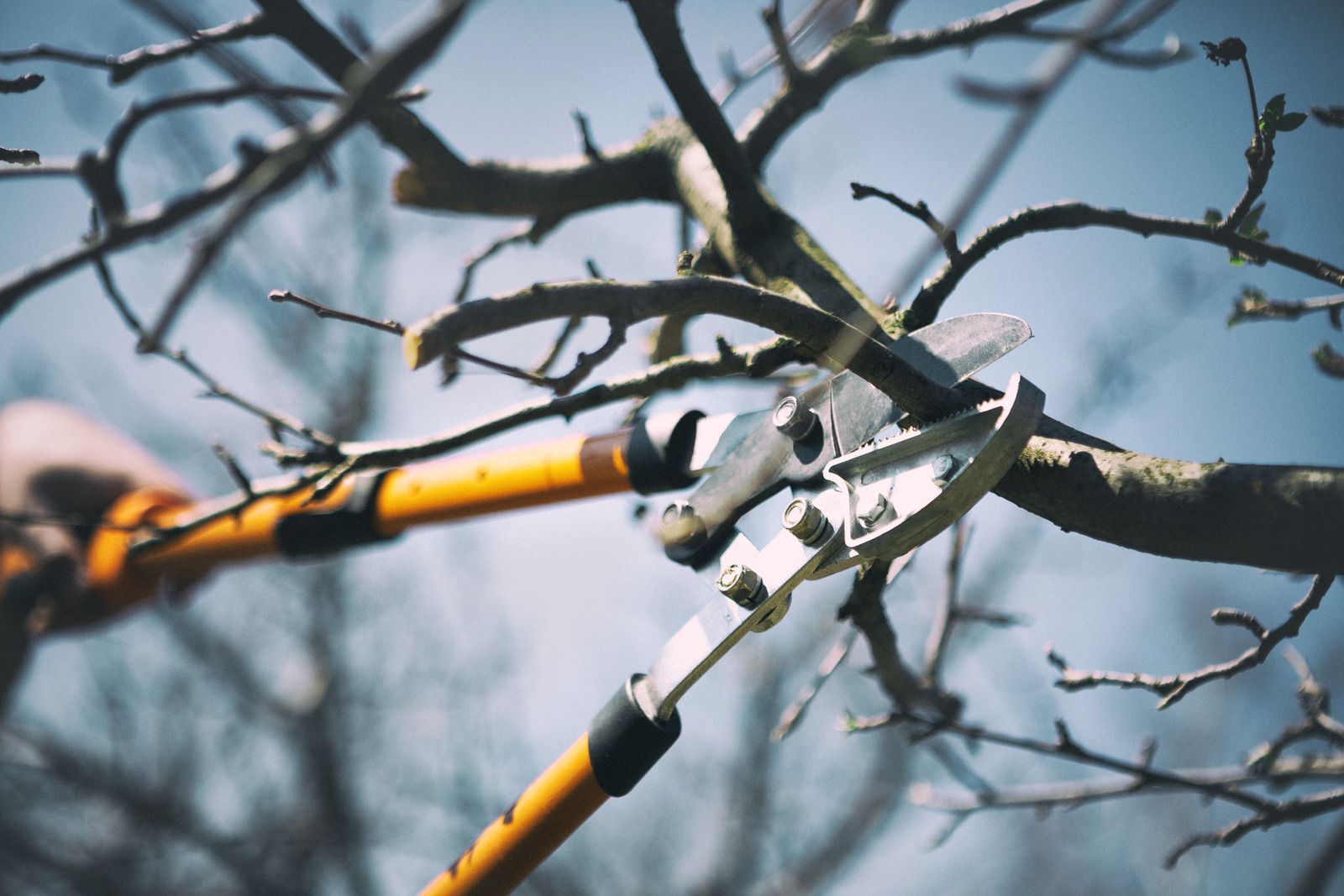Tree Planting Tips: Choosing the Right Tree for the Right Spot
Planting a tree may seem straightforward, but choosing the right tree for the right location is essential for long-term growth and landscape success. A poorly placed tree can lead to root problems, insufficient sunlight, or interference with structures. Understanding your soil type, sunlight exposure, and space constraints can dramatically improve the health and longevity of your trees. Trees not only enhance the beauty of your property but also provide shade, improve air quality, and increase property value. Thoughtful tree selection can even reduce maintenance costs over time. Taking the time to match a tree’s needs with your environment ensures a thriving landscape and reduces future challenges. Let’s explore essential tips for choosing the perfect tree for the right spot.
1. Assess Your Site Conditions
Before selecting a tree, evaluate the planting site carefully. Consider sunlight exposure, soil type, drainage, and space availability. Some trees thrive in full sun, while others prefer partial shade. Soil pH and texture can influence nutrient availability, affecting tree health. Also, observe wind patterns and nearby structures that may affect the tree’s growth. Proper assessment ensures you select a tree suited to your local conditions, minimizing stress and promoting vigorous growth.
2. Consider the Tree’s Mature Size
Many homeowners plant trees without considering their full-grown height and spread. Choosing a tree that fits the available space prevents future conflicts with structures, power lines, and neighboring plants. Pay attention to both vertical and horizontal growth, and allow enough room for roots to expand safely. Additionally, think about how the tree’s size may impact surrounding landscaping or garden features. Planting the right-sized tree from the start reduces costly relocation or pruning in the future.
3. Match Tree Function to Purpose
Trees serve different functions in landscaping, from providing shade and privacy to enhancing curb appeal. Decide whether you want a flowering ornamental tree, a fruit-bearing variety, or a shade tree for your yard. Matching the tree’s function with your goals ensures that it not only survives but also adds value and enjoyment to your property. Consider seasonal changes as well, since some trees bloom or bear fruit at specific times of the year.
4. Check for Local Climate Compatibility
Selecting trees that are suited to your region’s climate is crucial. Trees adapted to local temperature ranges, rainfall patterns, and seasonal changes are more resilient to pests, diseases, and environmental stress. Consult local nurseries or arborists to choose species that flourish naturally in your area. Choosing climate-appropriate trees also reduces the need for extra watering, fertilization, or pest control.
5. Invest in Proper Planting Techniques
Even the right tree can fail without proper planting. Dig a hole twice as wide as the root ball but no deeper than its height. Gently spread roots, backfill with soil, water thoroughly, and mulch to retain moisture. Protect the tree from harsh sunlight or strong winds in the first few months if necessary. Adequate care during the first few years ensures strong root development and long-term success, establishing a healthy foundation for growth.
Partner with Experts for Lasting Results
Selecting and planting the right tree can transform your landscape, but experience and guidance make all the difference. Clark's Tree Works in Modesto, California, brings 45 years of expertise in tree selection, planting, and care. Their skilled team ensures that every tree is matched perfectly to its location, promoting healthy growth and long-lasting beauty. Whether you are enhancing your home’s aesthetic or adding functional shade, Clark's Tree Works provides trusted service, personalized advice, and professional tree care tailored to your property’s needs.




